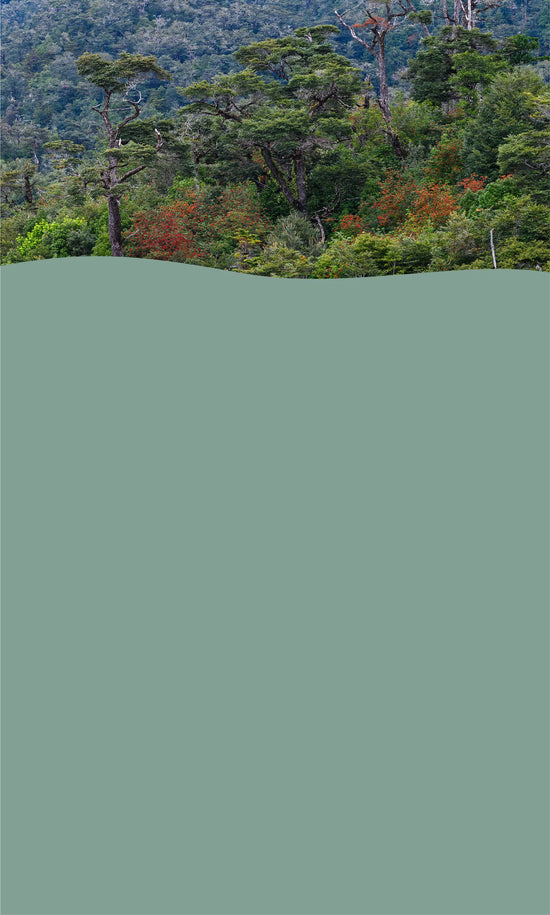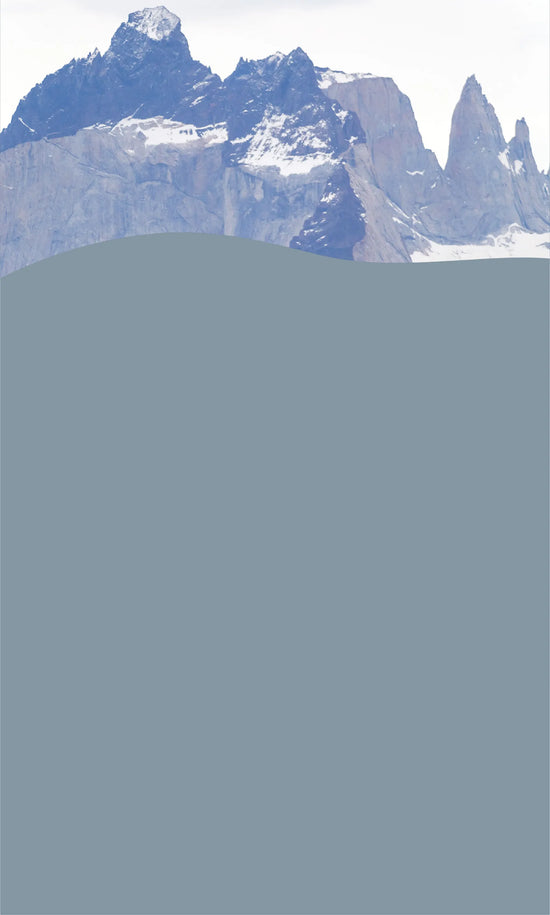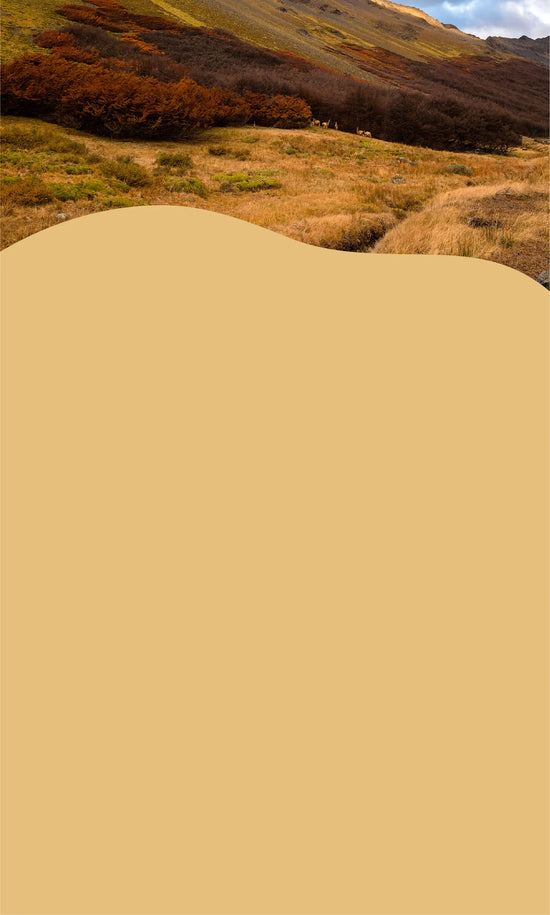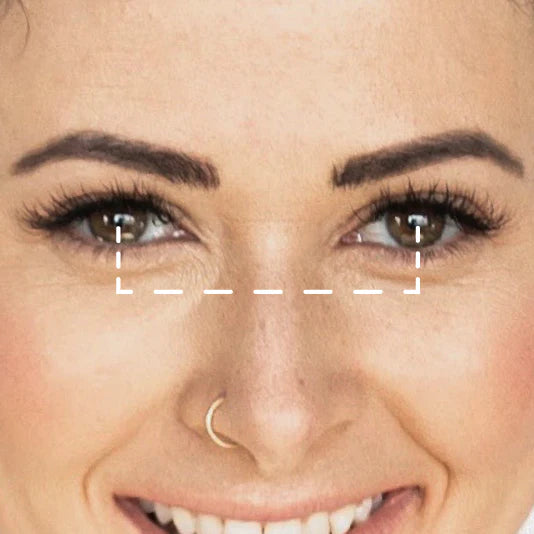We participate in a unique and competitive industry: the eyewear industry.
Eyewear is a technical, medical, and aesthetic product. That’s why it represents a great challenge to begin our journey towards high quality products, made differently in this specific category. We are still learning and constantly innovating to improve our footprint and our products, but we are proud of where we are thanks to our ecosystem of partners and friends that have put passion and collaboration before competition and profit.
This blogpost is meant to explain, in the simplest way possible, our current production process and where we want to take it towards 2030.
We will divide it in 7 stages:
- Designed in Patagonia
- Discarded materials: How we collect them and their recycling process
- Econyl ®
- Recycled Metal
- Recycled Polycarbonate
- Material distribution by type of product
- Production
- Made In Italy
- Made in Turkey, China and South Korea
- Packaging
- Sales and Distribution
- Reuse and Recycle
- Road towards 2030
1. Designed in Patagonia
Our design philosophy is about observing and learning from our planet. Nature is the greatest teacher and inventor, that’s part of why we have our headquarters in Patagonia, where the most wild and virgin places guide our vision and designs.
Our design perspective unites the love of nature with our deep interest in generating a tangible change to respond to the problems we have as a society: to tackle the buy-use-dispose approach we are designing with circularity principles encompassing both the production process and the end-of-life cycle processes; to generate awareness of us being one with nature, our products are inspired in the wilderness of Patagonia in their design and product-naming; and to help restore the natural ecosystems we have been degrading as a society we use recycled materials, collected by local communities. Our designs are of simple but attractive lines and are designed to be versatile so they can be used in various environments, always using reclaimed, natural, or noble materials.

2. Discarded materials collection and recycling process
All our collections use discarded materials as the main material of the frames, from different sources.

Lenses are made from virgin materials, given that there is still no technology to make recycled plastic 100% transparent, for full visual clarity. We do make sure they are made from recyclable plastic so that those materials are kept within the circular process, are recycled, and not discarded. That’s why all our lenses are made from polycarbonate —great recyclability features, which we actually use to turn into our frames!

Disclaimer: Graphs include all pieces of our eyewear except lenses, which require standards of quality that recycled polycarbonate still can't provide (research is being done by Karün to solve this). Though our lenses are not recycled (yet), we can use them for our Recycled Polycarbonate frames and temples.
2.1 ECONYL® Blend models

61% of our current product portfolio is made with recycled / regenerated nylon 6.
The discarded nylon used to create ECONYL regenerated nylon comes from different discarded sources:
-
Collection in Chile: We work with Karün impact leaders in the coast of Patagonia and Lebu. This process is fundamental because Chile has the 7th largest commercial fishing industry in the world, so there is a big problem with the materials used for fishing (industrial and artisan), especially in rural areas with lack of recycling infrastructure. So, we work with rural entrepreneurs to collect old fishing nets and ropes. Every month we collect and accumulate them with the social enterprise "Atando Cabos" until there are enough to send together in a container by ship to the Aquafil recycling company, where it is transformed into ECONYL ® regenerated Nylon. We also collect other materials with the Karün impact leaders like metals and other plastics. These materials are recycled locally through other recycling partners like AZA and are not used in our eyewear directly. Instead they are recovered in Cochamo, recycled in Puerto Montt and kept in Chile as new steel and metallic products for construction.

- Collection through Healthy Seas: We teamed up with Healthy Seas to protect our planet’s seas from the waste from fishing nets. Their work is articulated in two ways: on the one hand through cleanups with volunteer divers in different regions (Europe, America, Africa and Oceania) and on the other hand, working alongside fishing industry stakeholders, to help prevent waste generation. The fishing nets that Healthy Seas recovers, are also sent to Aquafil, and transformed into ECONYL® regenerated nylon.
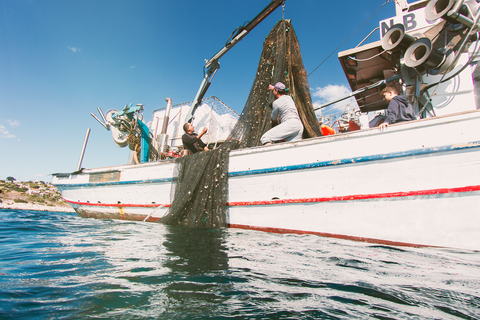
- Other nylon sources from ECONYL®: Aquafil group, recovers other types of discarded materials to create it’s ECONYL regenerated Nylon, like old carpets (that usually end up in landfills), special take back projects and pre-consumer discarded materials from industrial processes such as plastic components, industrial waste and fabric scraps.

ECONYL ® Recycling process:
The ECONYL® regeneration system consists of 4 stages (Rescue-Regenerate-Remake-Reimagine):
- Rescue: The ECONYL® Regeneration System starts with rescuing waste. That waste is then sorted and cleaned to recover all of the nylon possible.
- Regenerate: Through a radical regeneration and purification process, the nylon waste is recycled right back to its original purity. That means ECONYL® regenerated nylon has the same technical features as virgin nylon.
- Remake: ECONYL® regenerated nylon is processed into pellets for the production of our sunglasses.
- Reimagine: The beauty of ECONYL® regenerated nylon is that it has the potential to be recycled infinitely, without ever losing its quality.
ECONYL® regenerated nylon has a 90% lower carbon footprint than any virgin nylon, which makes it the best possible raw material we could find in the market.
2.2 Metal frames

About 24% of our current product portfolio is made with recycled metals (Graph 1) which are used predominantly in our metal frames.
The metal used in the production of these frames comes from diverse sources, it's certified and bought by our international partner factory.
The types of recycled metals used in our products are aluminum, stainless steel, and copper.
Because we want to take our commitment to restoring nature further, every gram we use from recycled metal from these sources is then over-compensated through the collection of discarded metals in Patagonia. The material collected in Patagonia is recycled locally through other recycling partners, like AZA in Puerto Montt and is transformed into new metalic construction materials in Chile.
This compensation model we created has 3 guidelines:
- We always recover the same type of material that is used in the glasses.
- We promise to recover the same or a greater volume than what we require to manufacture the product.
- According to the trade local prices of the material that we need, we pay at least 20% over that purchase price to the local collectors.
The result of this Compensation model is a process that generates twice the work of restoring natural spaces but with half the impact on the Carbon Footprint.
2.3 Polycarbonate frames

10% of our current product portfolio is made with recycled polycarbonate (Graph 1) which are used in our polycarbonate frames to give them the semi-transparent look.
- We decided to use polycarbonate instead of other materials that can give this light look, because of its recyclability features. Actually, all of our lenses are made from polycarbonate so we can eventually use them, once they are over-used or scratched, as raw material for our frames. Meanwhile we are collecting them until we have enough volume to pass them through this process.
- The polycarbonate used in the production of these frames come from a strategic partner in Spain. They provide us with recycled polycarbonate from the automotive industry, turning old car headlights into high-quality eyewear frames!
3. Material distribution by type of product




4. Production
The factories we work with are our strategic allies. They are key partners in creating an attractive product for our customers; products that meet high-quality standards while working with the best raw materials we can find in terms of CO2 emissions, recyclability, and superiority in technical features.
4.1 Made in Italy
We have been working with an Italian factory since 2015. They are also shareholders in Karün and provide excellent working conditions for their employees and actively work with their own local communities in protecting their natural environment; in fact this factory is located just outside a national park!
We have 47 SKUs produced in Italy, 6 are from our Sports collection and 41 from our Outdoor collection.
4.2 Made in Turkey, China and South Korea
Our second factory is multinational and has premises in South Korea, China and Turkey, we work with all of them. This factory has 20 years of experience and is recognised because of its quality standards with FDA, ISO 9001, CE certifications and the importance they give to their staff in everything they do.
The creation of our products in this factory is divided in two phases:
- The injection process, which consists in the injection of molds and creation of different parts of the product. This process takes place in their specialised korean premises.
- The technical assembly and calibration process. All parts are put together and lenses are calibrated. The outcome of this assembly process is the final product and it takes place in their Turkish establishments.
We have 307 SKUs produced in this factory, most of them from our urban and fashion collections.
4.3 Packaging
Recycled cardbox: All our products are packed in recycled and FSC certified cardboard, produced in China.
Recycled leather case: All our products are packed in recycled leather cases: 70% Recycled pre-consumer leather (RM0056) + 30% Polyurethane (RM0210), produced in China.

5. Sales and distribution
We are aware of the consequences of transport on the environment and plan deliveries as responsibly as possible. To minimize the carbon footprint during transport, raw materials are reduced in size and volume, and the most responsible route is considered as a criterion, always prioritizing ships over planes. The footprint produced by this shipment has also been netted with TNC carbon credits. For more information read here.

6. Reuse and recycle
When the eyewear gets to the end of its useful life, we invite our customers to send them back to avoid new plastic waste. In return, we give you a discount on any new pair of Karün. The polycarbonate lenses we receive can be recycled, and the frames can be regenerated thanks to the Econyl® Regeneration System. This means we can produce new ones, starting the circular chain once again.
If the used product arrives in good condition, we try to re-adjust it to convert it to a usable condition. These products are donated to community initiatives.
7. Road towards 2030
With the aim of being more sustainable and leaving a smaller trace in our planet, we are building a Distributed Manufacturing Plan, with the goal of creating local value chains at regional scales by 2030 to cut our carbon footprint by 50% by 2026 and aim to zero by 2030. The plan is to source the discarded materials -raw materials- in the same region we recycle them, produce the final products, and then distribute them. We are building this roadmap in Latin America, Europe, North America and Asia. The main point is to build small-scale, flexible networks, with a more local dimension, utilizing local resources and thereby offering environmental benefits.
And because you can’t improve what you don’t know, the backbone of this plan is to MEASURE.
In 2021 we did a Life Cycle Analysis (LCA) to measure each of our products' carbon emissions and we are showcasing it in our packaging and website. This analysis will help us to understand our climate inefficiencies and the most important processes of our value chain that we must improve to lower our carbon footprint.
In the meantime, we are offsetting our carbon footprint from the impact we are not yet able to avoid, with TNC carbon credits, becoming a CarbonNeutral® company.
In 2022 we are launching our Karün Traceability System™ that will showcase our customer’s eyewear from discarded materials to their hands through Blockchain technology to start mapping the improvements we will create through the Distributed Manufacturing Plan.
If you have questions or suggestions you can write to us at info@karunworld.com or contact us HERE.
